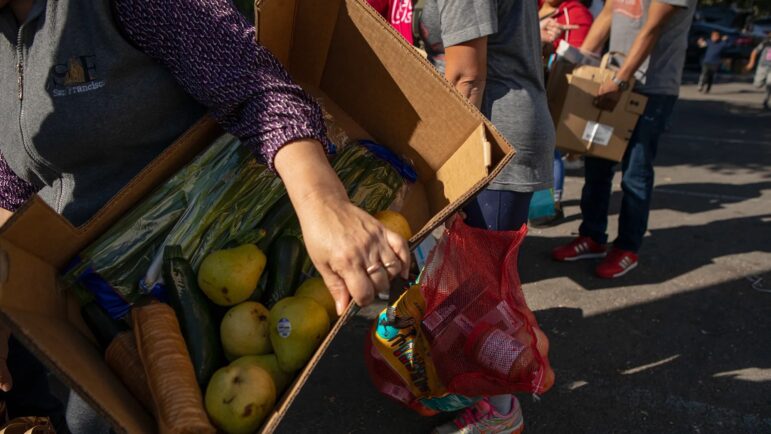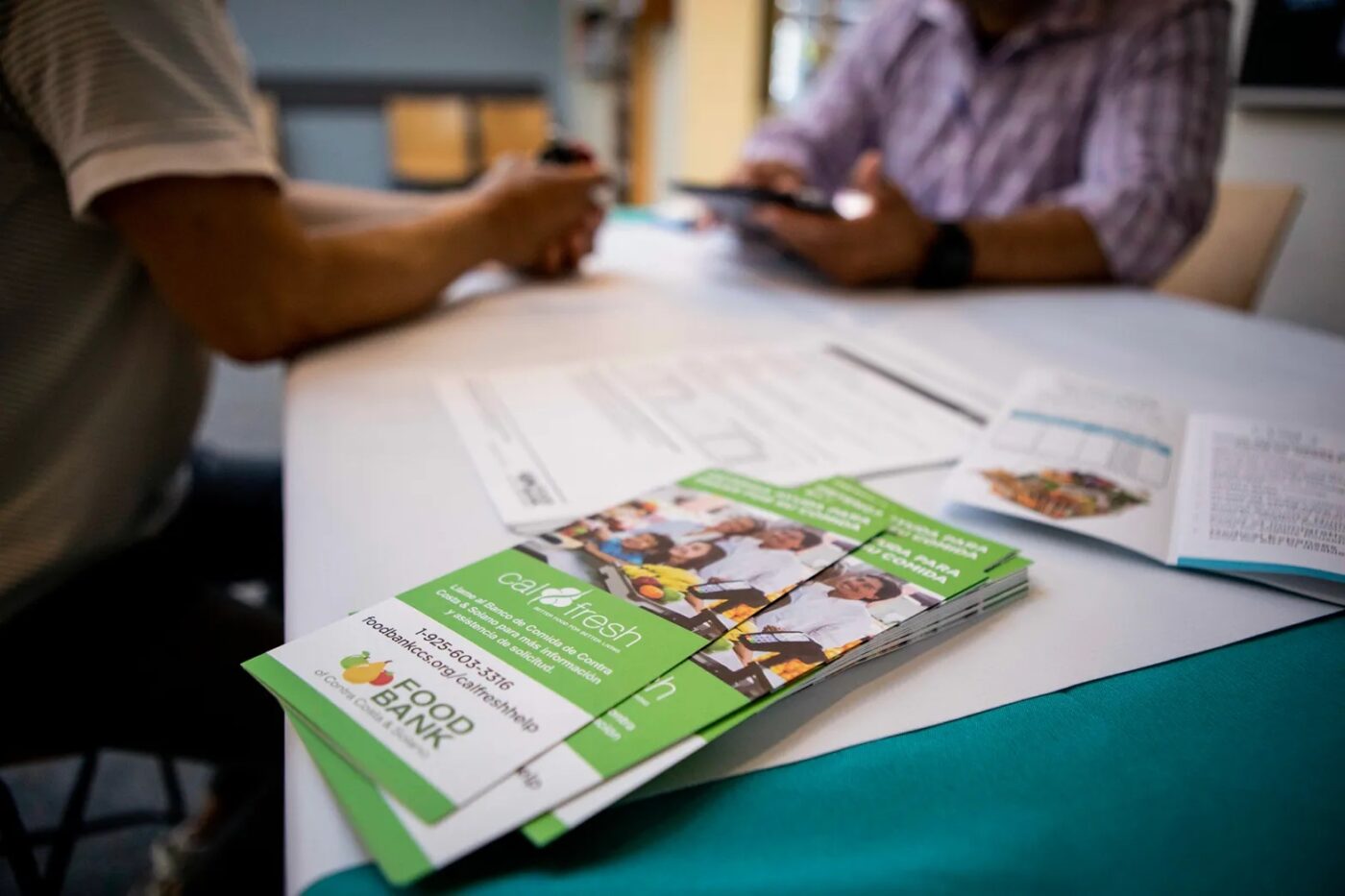“A catastrophic hunger crisis.” That’s the dire warning from the California Association of Food Banks, after federal pandemic food aid ended earlier this spring.
But why does a state with so much food — California produces nearly half the country’s fruits and vegetables — and that spends so much on food aid have so many residents still going hungry?
It’s a question CalMatters’ California Divide reporter Jeanne Kuang, data reporter Jeremia Kimelman and politics intern Rya Jetha explore in our latest explainer — on food insecurity and hunger in California.
About 1 in 5 Californians experience food insecurity, otherwise known as having limited or uncertain access to adequate food. Besides being at a higher risk for hunger, children with inconsistent access to food can experience developmental delays and are more likely to get sick and be hospitalized. In adults, food insecurity can lead to chronic illness and depression.
And the situation may not improve anytime soon. In addition to the end of federal food aid, inflation drove up food prices 4.5% last year, and some experts warn that food-insecure Californians will rise far beyond 20% in 2023.
In the explainer, you’ll learn more about:
The food insecurity rate in your county: California is one of only 10 states that use a county-based system to distribute the aid. Using our interactive, you can guess what percentage of your neighbors are food insecure and compare data to other counties. In Los Angeles County, for example, the California Association of Food Banks estimates that 31% of people do not have enough to eat.
The scope of California’s food aid program: It’s no surprise that the pandemic caused a dramatic rise in CalFresh enrollment rates. In May 2021, during the pandemic, the average Californian enrolled in CalFresh received $214 a month in food stamps. Two years later, the average CalFresh recipient gets $179. Learn more about how CalFresh benefits work and why some of California’s most vulnerable areas — such as the curious case of Yolo County, which has the state’s highest poverty rate — have populations that aren’t eligible for food aid.
What solutions are being tried: Besides pushing for more funding and a new law that seeks federal waivers so that recipients can buy hot and prepared foods, there are a few other innovative ideas floating around to reduce hunger in California — including pilot programs where doctors prescribe patients more fruits and veggies.

